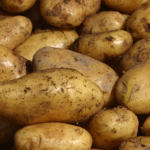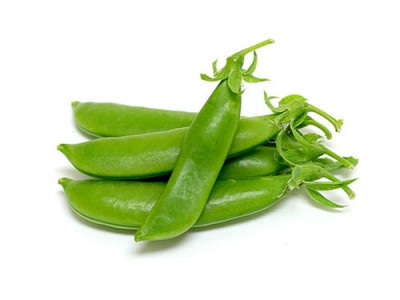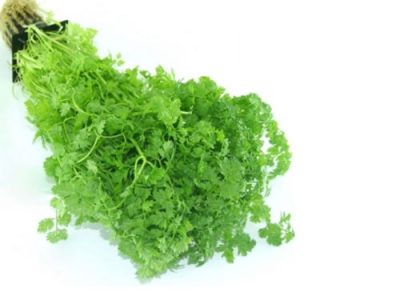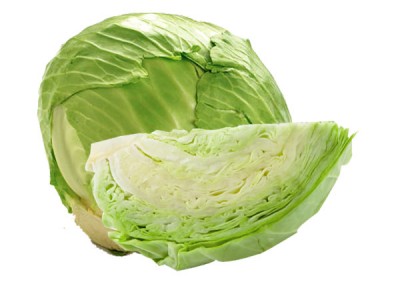
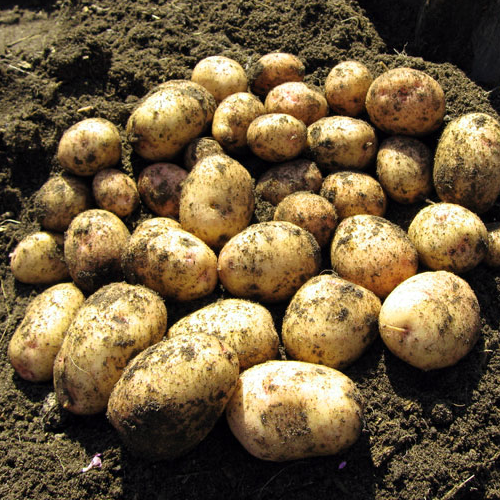
Chinese Potato Growth And Its Medicinal Uses
Chinese Potato Growth And Its Medicinal Uses
This plant is seeing hundreds of devastating forest fires, tsunamis and other natural disasters in the recent past. The main culprit behind this is global warming and El Nino factor.
The surface of the earth is becoming hotter and hotter due to various reasons and one of the main reasons is deforestation.
The earth which had lots of beautiful trees and plants is slowly losing value due to dwindling of trees. Plant millions of sapling and save this earth.
This topic will deal with a plant named Chinese potato. The botanical name of this plant is Plectranthus rotundifolius or Solenostemon rotundifolius. This is called as country or native potato in Africa.
Native And Cultivation
- Chinese Potato is very famous in India and this perennial plant which falls under Lamiaceae family is native to tropical Africa.
- This plant is cultivated for its edible tubers in W. Africa, Sri Lanka, Malaysia and Indonesia. This plant is widely cultivated as an ornamental plant.
Growth
- The egg-shaped tubers are very similar to that of true potato but they are smaller than the commercial varieties.
- This Chinese potato can be roasted, baked or fried.
- This variety is much sweet that P. esculentus.
- The succulent stem reaches a length of 15-30 cm forming tubers in clusters around the base of the stem.
- The color of the tubers is small and dark brown.
- This plant has a slightly thick juicy aromatic leaves and the leaf-stalk measures 1-3 cm long.
- The ovate blade measures 2-6 cm x 1.5-4 cm.
- The inflorescence in the terminal spikes measures 15 cm long and the flower-stalk is 1-2mm long.
- The light to dark violet tubular flowers measure 7-12mm.
- The flowering period of this plant is September-October.
- In India it is found mostly in Kerala, Karnataka and southern Tamil Nadu.
- This plant grows well and reaches a height of 30 cm.
Medicinal Uses
- This plant is used for treating stomach disorders, vomiting, diarrhea, mouth and throat infection, abdominal pain, wounds, burns, insect bites and other sensory disorders.
- Various tests that were conducted on this plant shows that this plant has nutritional and anti nutritional components and can be used as medicine for certain diseases.
- It can also improve immunity and body’s defense mechanism.
(Visited 9,877 times, 1 visits today)

